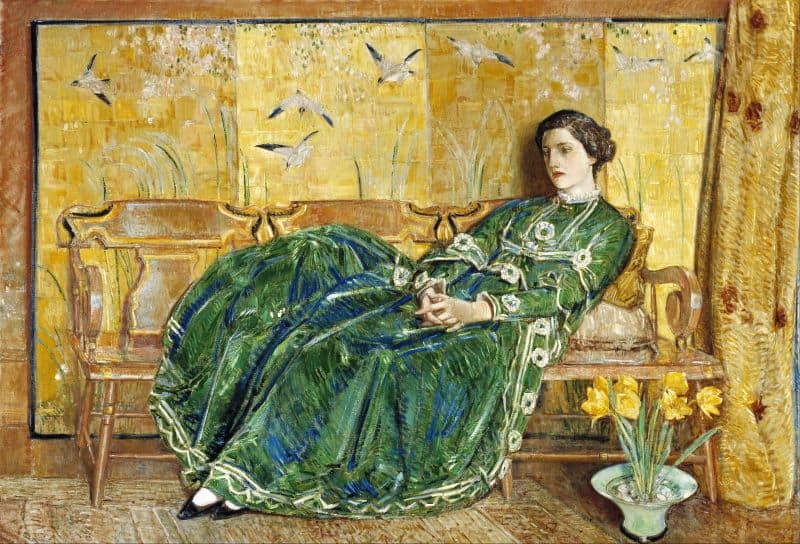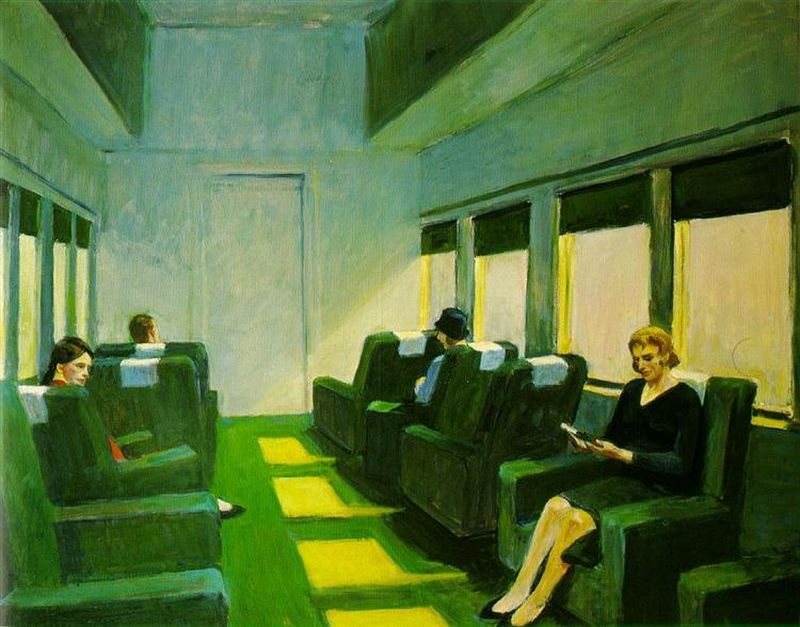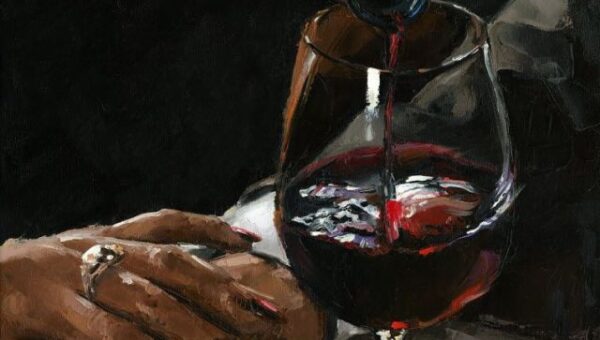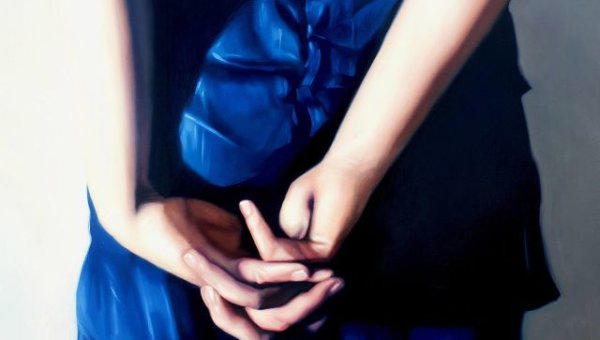
Prof. Theo de Beer about Hooker's Green
In the section “Prof. Theo de Beer about ….” we share with you articles from the unpublished book of Professor Theo de Beer “Everything about art materials”. Prof. Theo de Beer managed the Old Holland company from 1982 till 2000 and made a huge contribution to its development.
Hooker’s green was introduced around 1900 and is named after Mr Hooker. He created the colour by mixing toxic gamboge with Prussian blue. Over the years, the mixture of the gamboge dye with the Prussian blue pigment was replaced by a stand-alone green dye. This dark toxic green dye (Naphthol Green) was less lightfast, but it did have much more colour strength. The dye, which was also used for making inks, was replaced around 1985 by a mixture of transparent pigments, which can be lightfast.

The original Hooker’s green colour had high colour strength and was not lightfast. The gamboge was sometimes replaced by Aureolin (cobalt yellow), which is also toxic, and which made the colour fairly lightfast. Hooker’s green is very popular as a watercolour because of its transparent and deep colour characteristics. Around 1990, the beautiful deep green transparent colour was composed by a mixture of synthetic organic pigments, which can be lightfast. At the same time, it became available as oil paint for the first time. The pigments have high colour strength and need a great deal of binder, making the oil paint transparent and suitable for applying the glazing technique. The layer of oil paint will start to wrinkle if you suddenly apply it in thick layers.

Check these colours for the Hooker’s Green
Old Holland Classic Oil Colours
C301 Hooker’s Green Lake Deep Extra
C304 Hooker’s Green Lake Light Extra
New Masters Classic Acrylics
C707 Hooker’s Green Deep Extra
Old Holland Classic Watercolours






